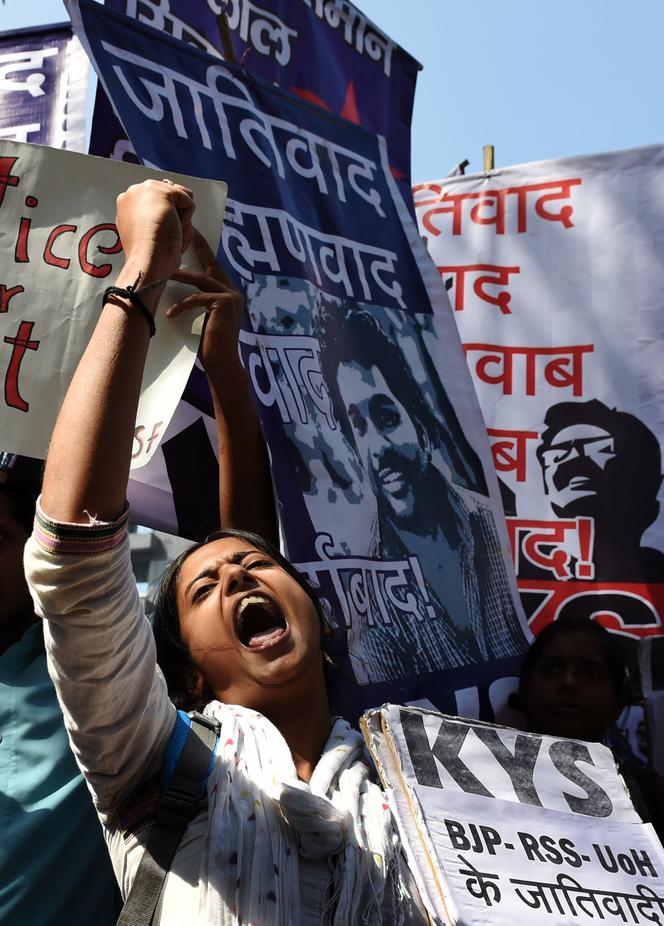


Anil Kumar was 21 years old. He had entered one of the most coveted schools in international education, the Indian Institute of Technology (IIT), in Delhi where he was studying mathematics. He lived on the campus in the south of the capital. A 130-hectare bubble, isolated from the noisy atmosphere of the megalopolis, with state-of-the-art laboratories, flowery lawns and century-old banyan trees. Since its creation in 1961, the school has prided itself on awarding over 48,000 diplomas, including 5,070 doctorates.
On September 1, Anil Kumar was found hanged in his room. The young man was a Dalit, the community formerly known as "untouchables" at the very bottom of the caste hierarchy. They are India's pariahs, still overwhelmingly assigned to low-skilled jobs in the informal sector. He had failed his exams but was granted a six-month extension.
His act caused concern because it was not an isolated one. On July 10, on the same campus, another Dalit student, Ayush Ashna, took her own life. In February, Darshan Solanki committed suicide by jumping from the 7th floor of her Mumbai school building. Since the beginning of the year, seven Dalit students have committed suicide in the country's 23 IITs.
This series of tragedies has rekindled the debate on institutional discrimination against low-caste students on the campuses of prestigious schools. "Why are Indian Institutes of Technology becoming graveyards for students from marginalized communities?" asked the Ambedkar Phule Periyar study circle committed to fighting discrimination.
These elite institutions are reputed to be the most selective in the world, more so than Harvard or MIT. Of the one million applicants who take the entrance exam each year, only 1% are admitted – a mere 17,000. Despite the slim chances of success, they crowd the gates, as their reputations extend far beyond borders. Every year, major international companies come to the campus to recruit the best brains. A large majority of GAFA CEOs come from these schools.
Anil and Ayush entered the IIT Delhi thanks to an affirmative action policy implemented in India since 1935 by British colonialists. Since 1973, Indian institutes of technology, which had initially avoided those constraints, have been required to reserve quotas for students from the most disadvantaged castes. Fifteen percent for Dalits and 7.5% for Adivasis, Indian Indigenous people. An intermediate class (termed "Other Backward Class") also benefits from a 27% quota.
You have 55.12% of this article left to read. The rest is for subscribers only.
